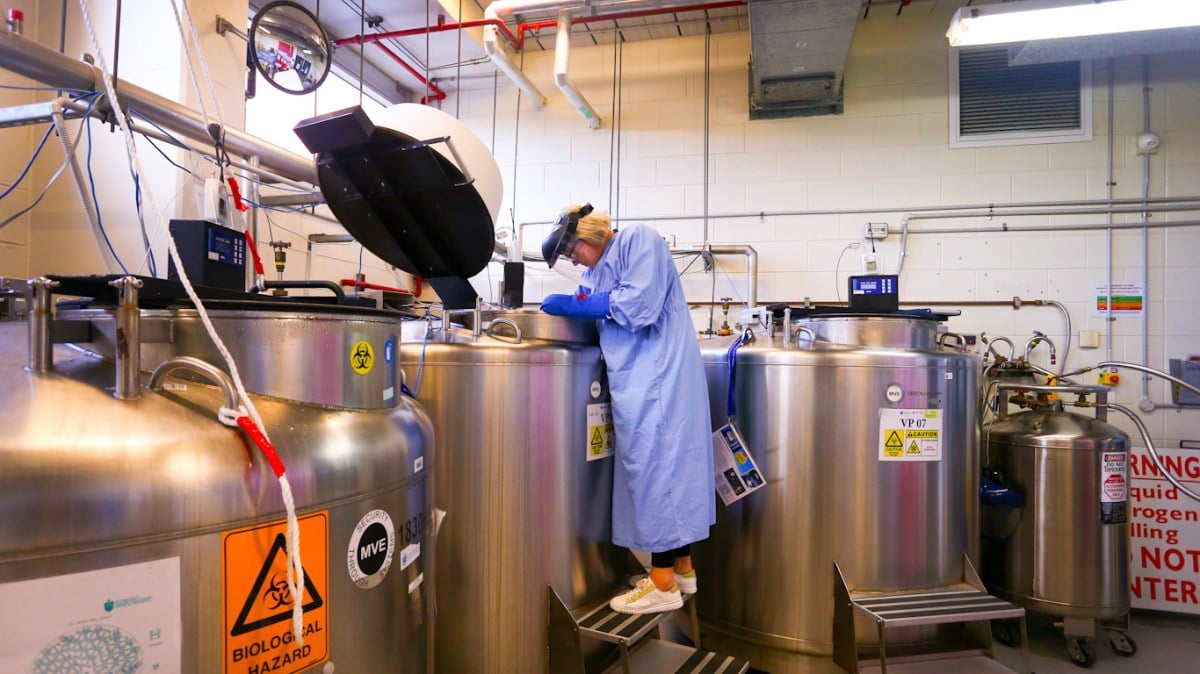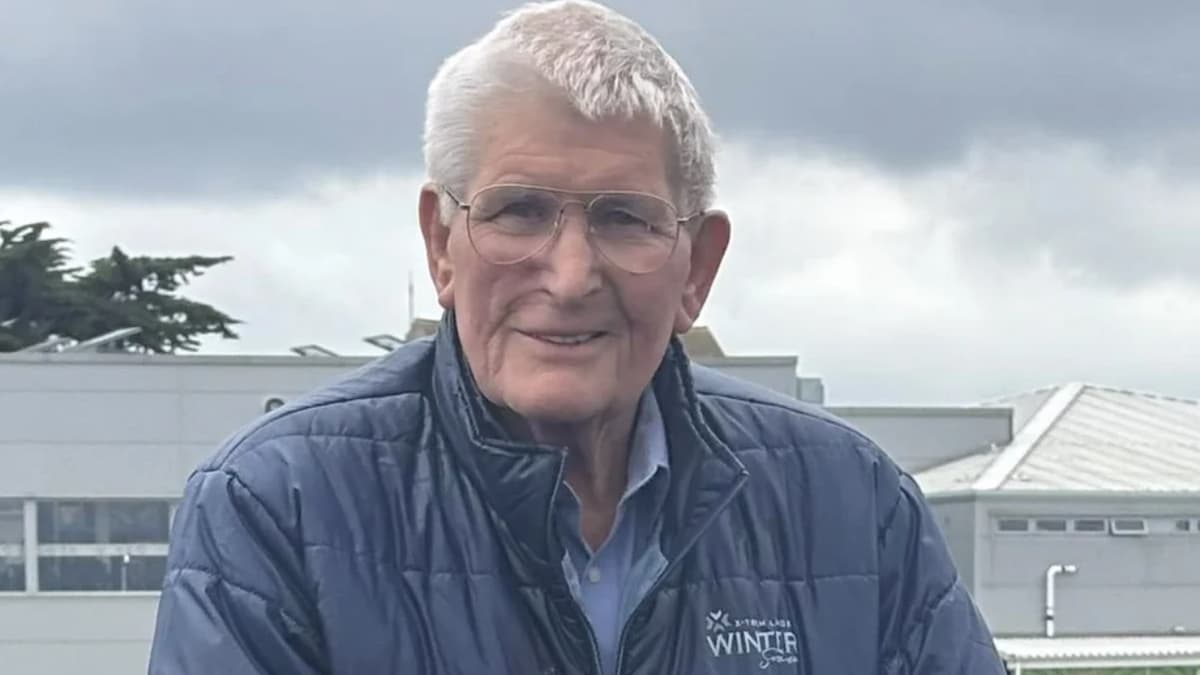From the ancient Egyptians to the modern-day tech billionaires, humans have always been fascinated by the idea of cheating death.
The concept of cryonics began to take shape in the mid-20th century, influenced by speculative science fiction and emerging scientific insights into low-temperature biology. The basic premise of cryonics is that by cooling a body to near-liquid nitrogen temperatures (-196 degrees Celsius), biological activity, including the processes that lead to tissue decay post-mortem, can be halted.
The first known case of a human being cryogenically frozen was in 1967 when Dr. James Bedford, a psychology professor, was cryopreserved after his death due to cancer. Immediately after his death, his body was cooled with ice and transported to a cryonics facility in Arizona. There, his blood was replaced with a preservative solution, and his body was cooled using liquid nitrogen. This process, known as vitrification, aims to prevent the formation of ice crystals that could damage the body’s tissues.
Bedford’s body was then placed in a custom-made aluminum capsule and stored in a cryogenic dewar filled with liquid nitrogen. His preservation was funded by his own resources, and he left a part of his estate to maintaining his cryopreserved state. His body has been maintained in cryostasis for over five decades now, and it has been transferred to different storage facilities over the years.
In 1991, his cryonics capsule was transferred and maintained by Alcor Life Extension Foundation, a leading cryonics organization. An examination in 1991 reported that his body was still in relatively good condition.
After Dr. James Bedford, the next person to undergo cryopreservation was not as well-publicized or recorded in the annals of cryonics history with the same level of detail. However, the years following Bedford’s cryopreservation saw a gradual increase in the number of people interested in and choosing this path, influenced by Bedford’s case and the growing publicity around the concept of cryonics. The Cryonics Society of California, which was involved in Bedford’s preservation, continued its operations and is known to have cryopreserved several other individuals in the late 1960s and 1970s. Robert Nelson, who was instrumental in Bedford’s preservation, played a significant role in these early cryopreservations.
From a scientific standpoint, the feasibility of reviving a cryopreserved body hinges on future technologies that can repair or regenerate tissue at a molecular level, possibly involving advanced nanotechnology or stem cell therapy. As of now, no such technology exists, and the biological viability of cryopreserved tissues over extremely long periods remains unproven.
Of course, there are still a lot of unanswered questions when it comes to cryonics. Will the technology ever advance to the point where we can actually revive frozen bodies? And even if it does, will the people who wake up be the same as they were before they were frozen? These are the kinds of questions that keep me up at night. Well, that and the fact that I accidentally drank a grande latte at 9 pm.











Published: May 26, 2024 01:23 pm